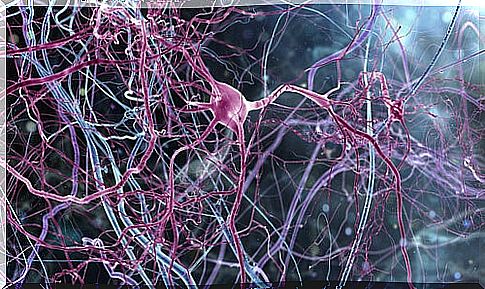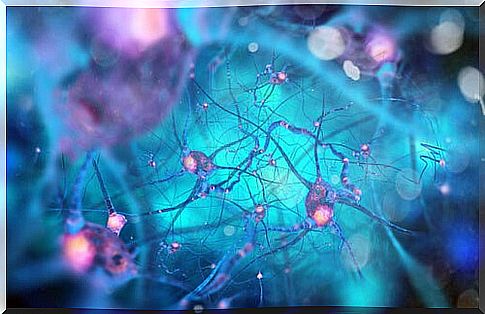Rosehip Neurons, A New Class Of Neurons

Two teams of researchers in the field of neuroscience have discovered a type of neurons hitherto unknown to science. The Allen Institute in the United States and the University of Szeged in Hungary have named them rosehip neurons. The study was published in Nature Neuroscience .
They appear to be a type of inhibitory cell whose mission would be to stop the function of other neurons. They were baptized with the name of rosehip neurons due to their appearance of dense and compact structure. It turns out to be similar to a rose without petals.
The truth is that we still don’t know too much about these neurons. At the moment the discovery raises questions as interesting as human evolution. The reason is that these types of neurons have been found for the first time in humans and have not been found so far in any other animal species.
The investigation
Rosehip neurons were detected on examination of postmortem brain tissue sheets from two men. They were located in the cerebral cortex, in its external part, perhaps the most complex part of the brain. This area is thought to be the most complex structure in nature. This area of the brain is related to consciousness and other functions that are considered unique to the human species.
Although the type of function that they could be developing is unknown at the moment, it seems that the rosehip neurons establish a multitude of connections with the pyramidal cells of the neocortex. This kind of neural connection has also not been found before in other species. Another feature that differentiates them is that rosehip neurons have larger bulbous structures in axonal buttons than other inhibitory neurons.

Neurons that distinguish the human being
For example, these types of neurons have not been found in the brain of rodents, which are the most studied by science. Also its location and its special connections with other excitatory neurons, such as pyramidal neurons, lead us to suppose that rosehip neurons are typical of the human being. They could be related to the main characteristic that differentiates us from other living beings: consciousness.
The researchers, on the other hand, suggest that the fact that they have not been found in other species does not mean that they do not exist. It seems to be too early to draw any conclusive conclusions in this regard.
One of the research teams analyzed the gene expression of rosehip neurons. They verified then that in the studies carried out in mice the genes expressed in these human neurons do not coincide. They also discovered that these types of neurons form between 10 and 15% of the total inhibitory neurons in the first layer of the cerebral cortex.
The relationship with consciousness
Inhibitory neurons have the function of stopping the entry of unwanted signals. This new type of neuron is distinguished from the rest by the location of the points of contact with other neurons and neural circuits. This peculiarity may suggest a privileged position that somehow gives them some power over the rest of the neurons.
This fact could mean that rosehip neurons control the flow of information in a very specific way. Although at the moment we do not know how and to what extent these neurons differentiate us from other animals.

Future investigations of rosehip neurons
Future research on this new type of neuron appears to follow several different lines of study. First, it is intended to find out more about their organization into larger neural circuits. It is also intended to focus the study to determine if the elimination or dysfunction of these neurons generates or maintains some type of abnormality in mental functioning.
On the other hand, they want to open lines of research that show whether this type of rosehip neurons are also located in other parts of the brain. The next steps in the research will focus on exploring the outer cortex of some primates and then on people with neuropsychiatric disorders.
In any case, everything seems to indicate that this discovery and future research related to it may lead, at least, to a more precise knowledge of our most important organ.









